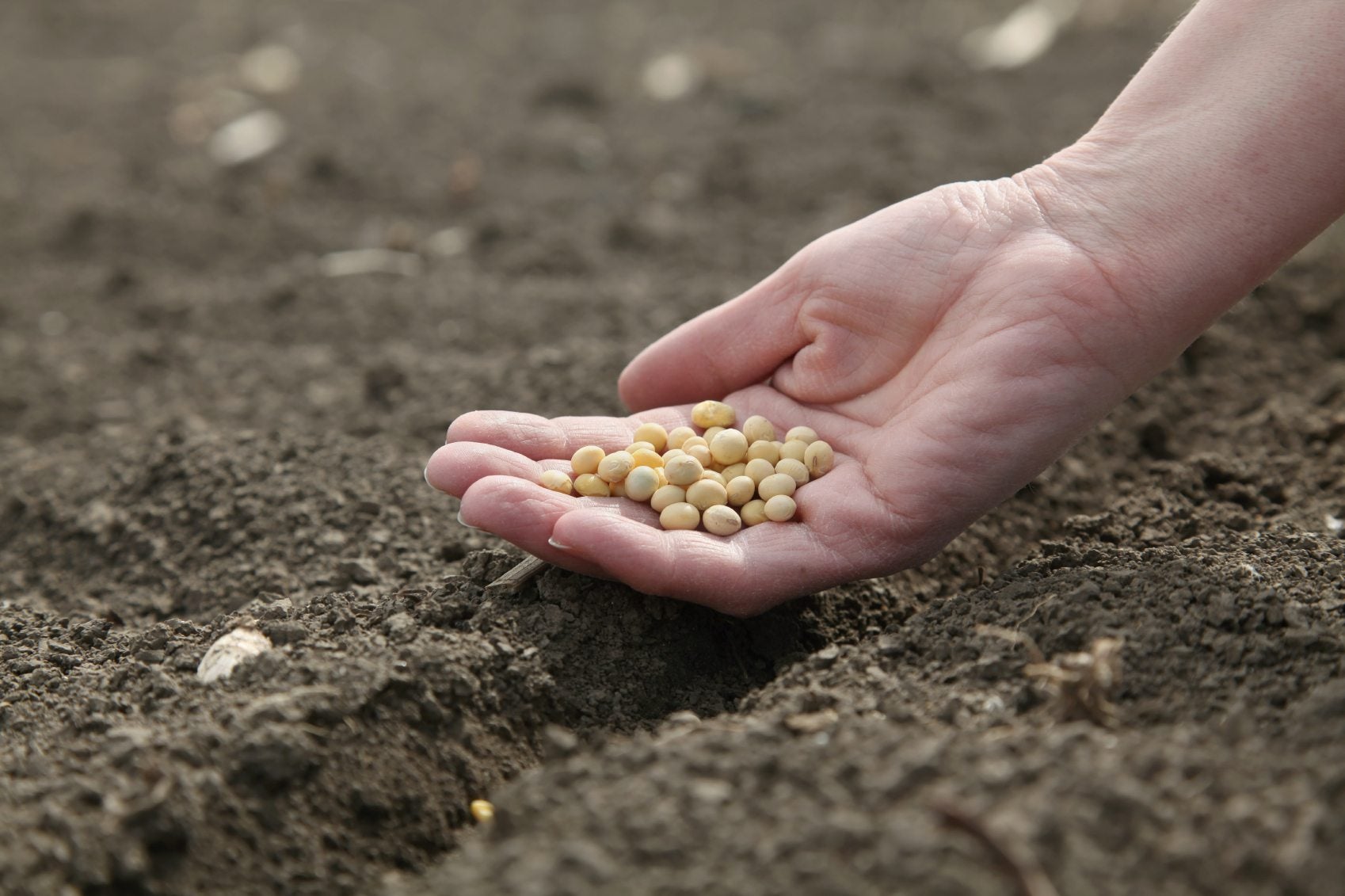Cons To Cover Crop Planting: What Are Some Disadvantages Of Cover Crops

One of the major problems with commercial farming is surface erosion, which causes environmental sediment pollution. A solution to this problem is to plant cover crops. There are many advantages to cover cropping but are there cons to cover crop planting? What are some disadvantages of cover crops?
Cover Crop Advantages and Disadvantages
As mentioned above, there are both cover crop advantages and disadvantages. More often, the advantages outweigh the disadvantages, hence more farmers and home gardeners alike are turning to the use of cover cropping. First of all, the planting of dense cover crop stands slows down the velocity of rainfall, which prevents erosive runoff. Also, their interwoven root systems help anchor the soil and increase porosity, creating a welcoming habitat for soil macrofauna. This leads to increased soil fertility. Cover crops or green manure are often of the legume variety since legumes are high in nitrogen, which is a necessary nutrient for crop production. However, other cover crops may be grown and are chosen for the specific needs and goals of the farmer/gardener along with weighing biological, environmental, social, cultural, and economic factors. The benefits of cover crops are well documented. They improve sustainability, reduce soil erosion, and nutrient leaching, suppress weeds, and protect water quality by lessening the loss of nutrients, pesticides, and sediment. So, what are some disadvantages of cover crops?
Cons to Cover Crop Planting
A cover crop disadvantage for commercial farmers is the cost. The crop must be planted at a time when labor, as well as time, is limited. Also, there is the additional cost of planting the cover crop and then tilling it back under which means more labor. Additionally, cover crops may reduce or increase the soil’s moisture effects based on weather conditions or management practices. Furthermore, cover crops may be difficult to include with tillage. Occasionally, cover crops increase insect pests and disease. Sometimes, they may foster allelopathic consequences-- harmful effects from the release of biochemicals onto successive crops. Both the advantages and disadvantages should be carefully researched and considered before choosing to plant cover crops. For sure, cover cropping works for sustainable crop production and is an environmentally healthy management technique that is gaining favor in many agricultural areas.
Sign up for the Gardening Know How newsletter today and receive a free copy of our e-book "How to Grow Delicious Tomatoes".

Amy Grant has been gardening for 30 years and writing for 15. A professional chef and caterer, Amy's area of expertise is culinary gardening.
